by Dr. Chris Kacher
Iran-Israel conflict
The prior attack on Israel by Iran occurred on Sat Apr 13. Bitcoin plummeted then recovered the next day. The drop was a one-day event. Subsequent drops in the ensuing days had to do with nervousness about interest rates which would hamper liquidity, not the Israel-Iran situation. Stock indices fell the following Mon Apr 15 but not due to the attack. Instead, a hot CPI number above estimates hit the markets hard.When Israel did counterattack Iran, it was perceived as minor so markets instead rallied. This time, the situation has escalated. Some world leaders are strongly advising de-escalation. Both Iran and Israel need to verbally posture as best they can so the other side does not try to take advantage. Israel can counter by proxy or sanctions via the U.S. to avoid an escalation of the situation which could quickly spread. Stay tuned.
Global liquidity abounds:
The US
As for global liquidity, it continues to debase fiat as countries continue to lower rates. Based on history since QE was launched in late 2008, we know once the Fed starts cutting, they usually don't stop until rates are near 0%.
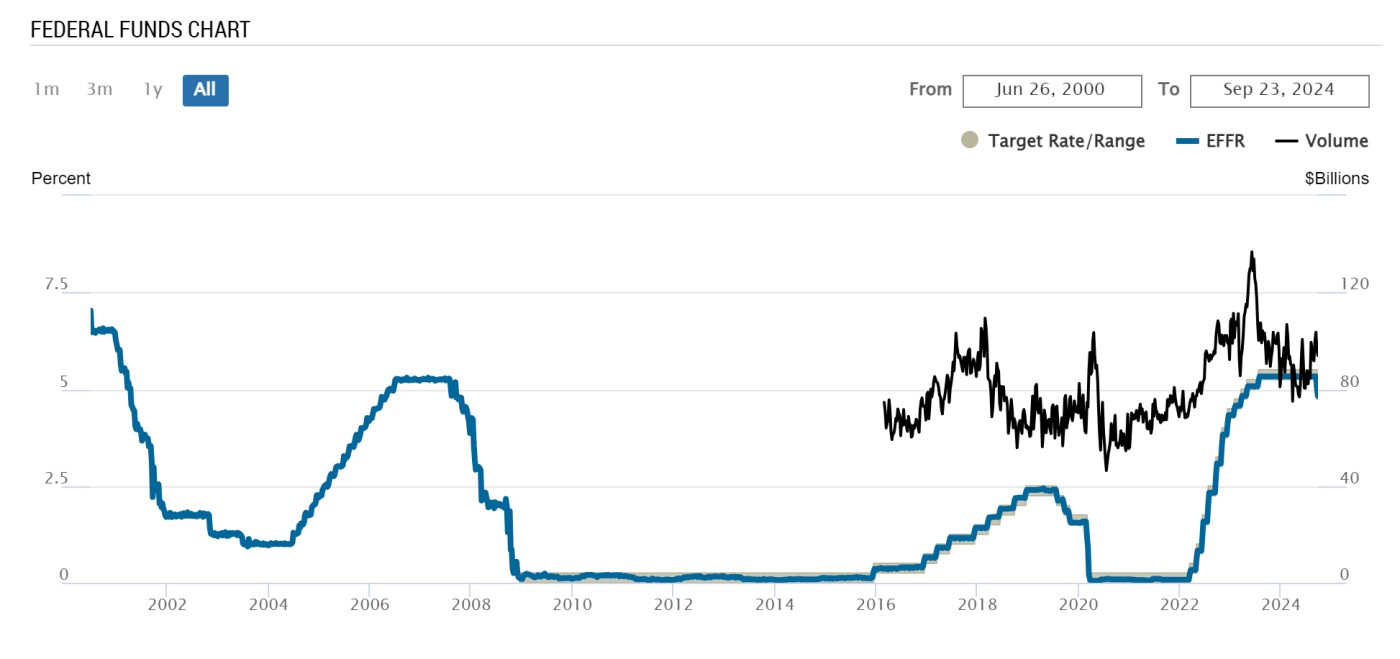 In addition, we know that bank credit growth must accelerate alongside the rate cuts. So it does not matter as much how “strong” the economy is, how high the unemployment rate goes, or how high inflation gets. The Fed will continue cutting so the banking system emits more dollars. The government will also continue borrowing as much as it can regardless of who wins the US Presidential election.
In addition, we know that bank credit growth must accelerate alongside the rate cuts. So it does not matter as much how “strong” the economy is, how high the unemployment rate goes, or how high inflation gets. The Fed will continue cutting so the banking system emits more dollars. The government will also continue borrowing as much as it can regardless of who wins the US Presidential election.
The EU
The EU bureaucrats are hampering the economy by dismantling their energy production capacity in the name of “climate change,” “global warming,” and “ESG". Major countries such as Germany and Italy as well as Lithuania have shut down their nuclear power plants. Only France and Slovakia are building new plants though a few countries have plants pending. Estonia's government is pro nuclear so companies such as Fermi Energia if approved will be allowed to build small nuclear reactors to deal with the soaring energy costs. The European Central Bank will counter the economic stagnation with lower euro interest rates while national governments will begin to force banks to issue more loans to local companies so they can provide jobs and rebuild crumbling infrastructure. Money markets are pricing in 50 bps of ECB rate cuts by December.
China
Since the Fed is printing, the People’s Bank of China (PBOC) can print as well. This week the PBoC unveiled a raft of interest rate cuts across the Chinese monetary system. This is just the start. The real bazooka will come when Xi instructs banks to issue more credit.
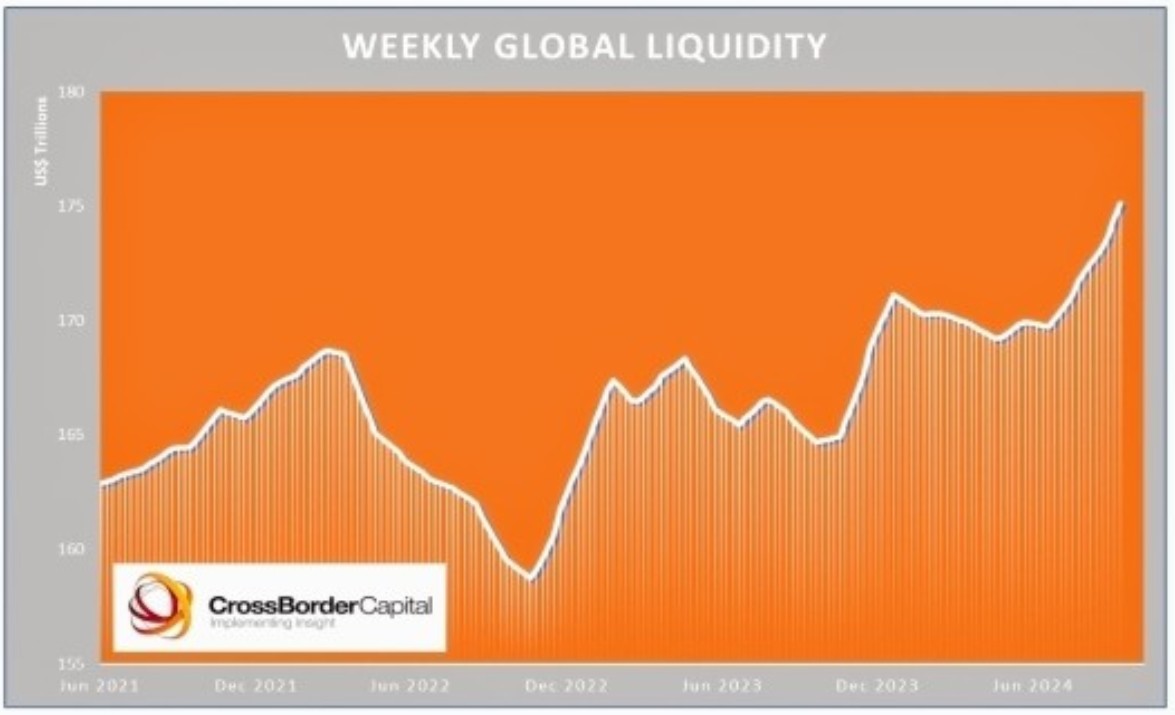
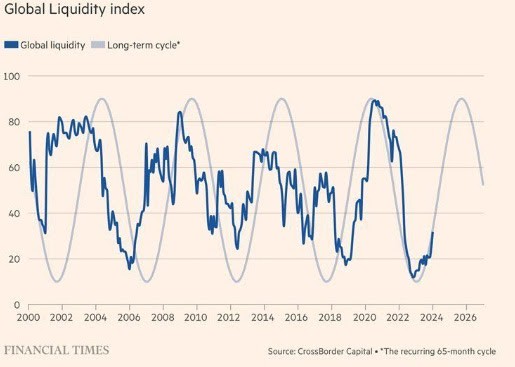
This September was the largest month of monetary easing since COVID in April 2020.
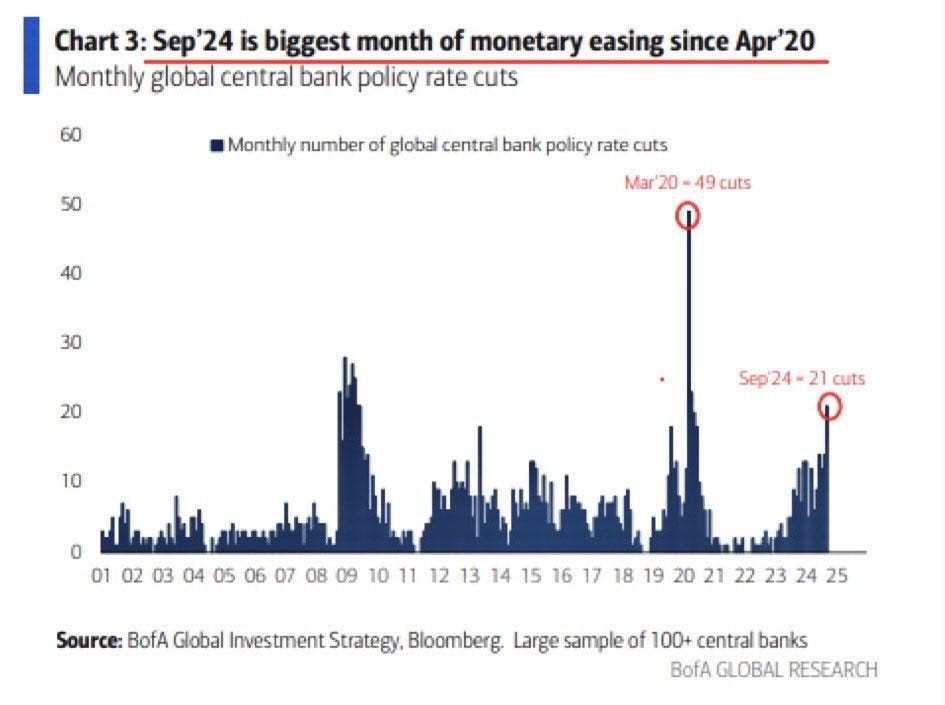
The directional alignment with global liquidity in 12-month periods shows the highest correlation with Bitcoin at 83.2% and the S&P 500 at 81.2%.
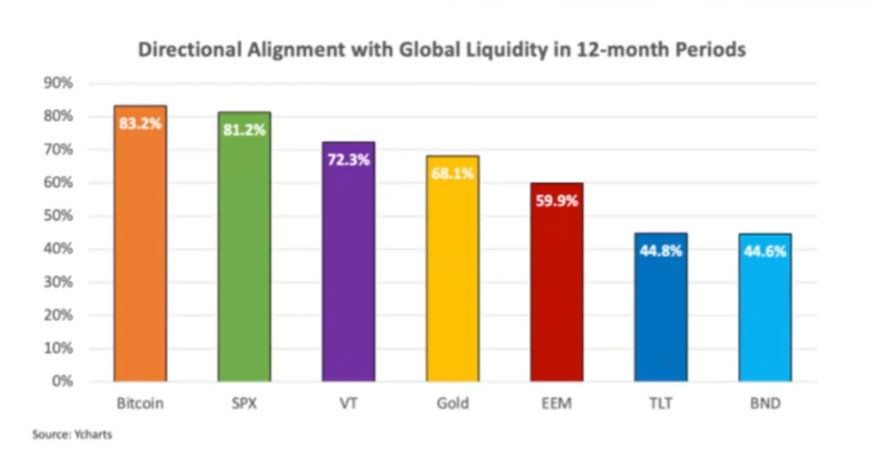 Central banks are stimulating economies, which will further devalue the dollar and other fiat currencies by flooding the market with cheap capital. Your purchasing power will continue to fall while a new wave of inflation takes hold. Only investors in stocks, Bitcoin, precious metals, real estate, and other hard assets will win.
Central banks are stimulating economies, which will further devalue the dollar and other fiat currencies by flooding the market with cheap capital. Your purchasing power will continue to fall while a new wave of inflation takes hold. Only investors in stocks, Bitcoin, precious metals, real estate, and other hard assets will win.